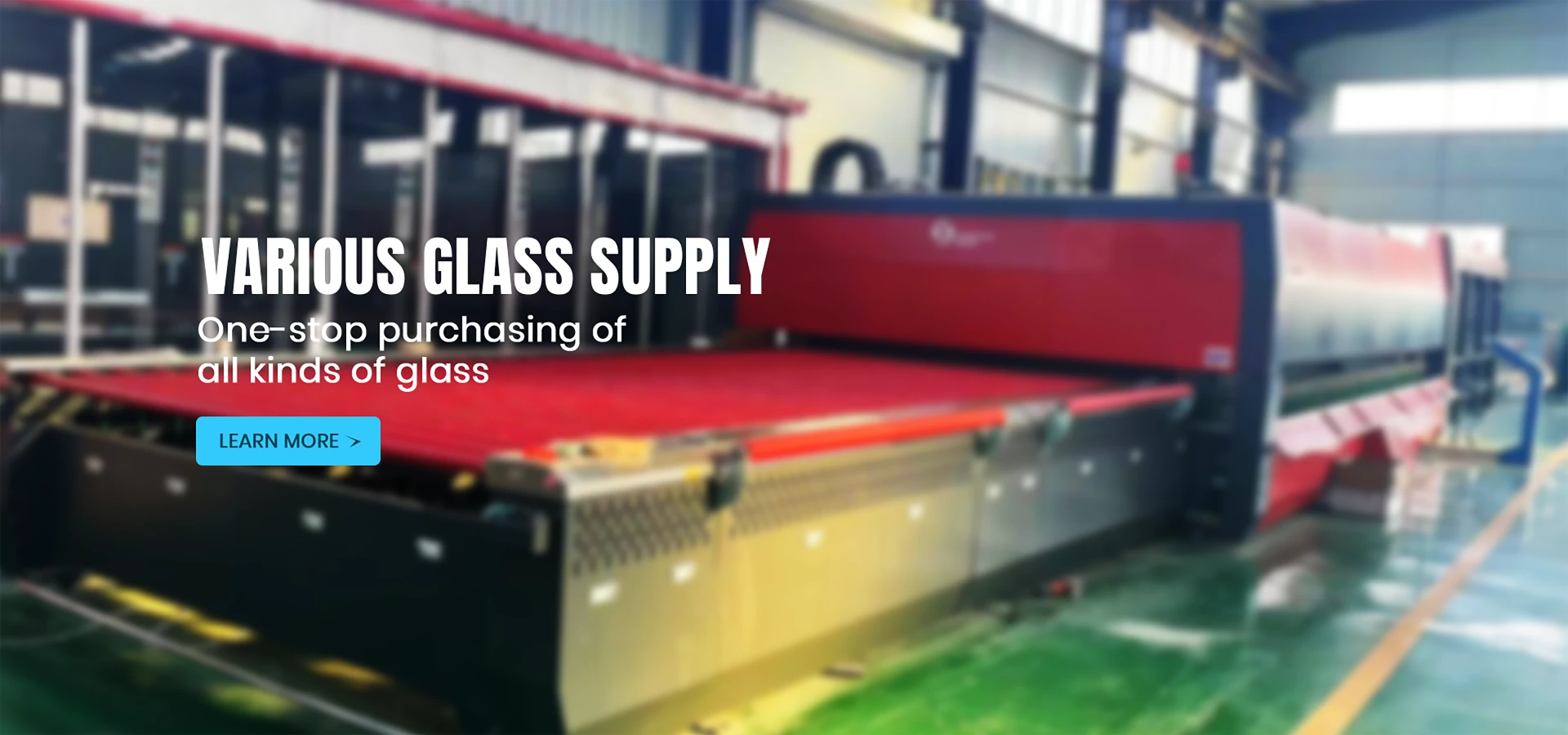Toughened Glass The Evolution of Strength and Safety
Toughened glass, also known as tempered glass, has transformed the way we perceive and utilize glass in modern architecture, automobile manufacturing, and consumer products. This specialized type of glass is designed to be significantly stronger and more durable than standard glass, through a process that involves intense heating and subsequent rapid cooling. The development of toughened glass is a testament to human ingenuity, marrying safety with aesthetics in ways that were once thought impossible.
The process of toughening glass begins with annealed glass, which is heated to temperatures exceeding 600 degrees Celsius and then swiftly cooled using a process known as quenching. This thermal treatment alters the internal structure of the glass, creating a compressive stress on the surface and tensile stress within. As a result, toughened glass is approximately five to six times stronger than its annealed counterpart. This remarkable strength enables it to withstand impacts, temperature fluctuations, and other forms of physical stress, making it suitable for a wide range of applications.
One of the pioneering applications of toughened glass is in the construction industry. Architects and builders increasingly favor toughened glass for facades, windows, and curtain walls. Its strength allows for larger panes of glass to be used without compromising safety, thus creating stunning visual aesthetics while also enhancing the structural integrity of buildings. Furthermore, toughened glass is less likely to shatter upon impact; instead, when broken, it fractures into small, blunt pieces, minimizing the risk of injury. This property is particularly beneficial in high-traffic public areas, such as airports and shopping malls, where safety is a paramount concern.
toughened glass
Automotive applications are another area where toughened glass has made significant inroads. Car manufacturers utilize toughened glass for side and rear windows, prioritizing passenger safety and comfort. The ability of this glass to withstand harsh environmental conditions, including extreme temperatures and heavy impacts, contributes to the overall durability and longevity of vehicles. Additionally, the light weight of toughened glass compared to traditional materials aids in improving fuel efficiency and performance in modern vehicles.
In the consumer market, toughened glass has found its way into a variety of products, ranging from cookware to smartphone screens. For instance, tempered glass is often used in oven door panels, as it can withstand high temperatures without breaking. Similarly, the screens of smartphones and tablets are often made from toughened glass, providing enhanced protection against accidental drops and scratches. This innovative application not only improves the longevity of devices but also enhances user satisfaction, as consumers are increasingly drawn to products that combine functionality with sleek design.
Despite its many benefits, the production and use of toughened glass are accompanied by certain challenges and limitations. The manufacturing process, while effective, can be energy-intensive and somewhat costly, which can deter smaller manufacturers from investing in it. Additionally, while toughened glass is highly durable, it is not entirely impervious to cracks and breaks, especially when subjected to extreme conditions or sharp impacts. Thus, it is essential for consumers and manufacturers alike to understand its limitations and handle it with care.
In conclusion, toughened glass represents a significant advancement in materials technology, offering enhanced safety and performance across various industries. From architecture to automotive design and everyday consumer products, its applications are vast and continually expanding. As innovation in materials science progresses, we can expect to see even more remarkable uses of toughened glass in the future. By balancing elegance with robustness, toughened glass has truly revolutionized our interaction with one of humanity's oldest building materials, paving the way for a safer and more aesthetically pleasing world.
 Afrikaans
Afrikaans  Albanian
Albanian  Amharic
Amharic  Arabic
Arabic  Armenian
Armenian  Azerbaijani
Azerbaijani  Basque
Basque  Belarusian
Belarusian  Bengali
Bengali  Bosnian
Bosnian  Bulgarian
Bulgarian  Catalan
Catalan  Cebuano
Cebuano  Corsican
Corsican  Croatian
Croatian  Czech
Czech  Danish
Danish  Dutch
Dutch  English
English  Esperanto
Esperanto  Estonian
Estonian  Finnish
Finnish  French
French  Frisian
Frisian  Galician
Galician  Georgian
Georgian  German
German  Greek
Greek  Gujarati
Gujarati  Haitian Creole
Haitian Creole  hausa
hausa  hawaiian
hawaiian  Hebrew
Hebrew  Hindi
Hindi  Miao
Miao  Hungarian
Hungarian  Icelandic
Icelandic  igbo
igbo  Indonesian
Indonesian  irish
irish  Italian
Italian  Japanese
Japanese  Javanese
Javanese  Kannada
Kannada  kazakh
kazakh  Khmer
Khmer  Rwandese
Rwandese  Korean
Korean  Kurdish
Kurdish  Kyrgyz
Kyrgyz  Lao
Lao  Latin
Latin  Latvian
Latvian  Lithuanian
Lithuanian  Luxembourgish
Luxembourgish  Macedonian
Macedonian  Malgashi
Malgashi  Malay
Malay  Malayalam
Malayalam  Maltese
Maltese  Maori
Maori  Marathi
Marathi  Mongolian
Mongolian  Myanmar
Myanmar  Nepali
Nepali  Norwegian
Norwegian  Norwegian
Norwegian  Occitan
Occitan  Pashto
Pashto  Persian
Persian  Polish
Polish  Portuguese
Portuguese  Punjabi
Punjabi  Romanian
Romanian  Russian
Russian  Samoan
Samoan  Scottish Gaelic
Scottish Gaelic  Serbian
Serbian  Sesotho
Sesotho  Shona
Shona  Sindhi
Sindhi  Sinhala
Sinhala  Slovak
Slovak  Slovenian
Slovenian  Somali
Somali  Spanish
Spanish  Sundanese
Sundanese  Swahili
Swahili  Swedish
Swedish  Tagalog
Tagalog  Tajik
Tajik  Tamil
Tamil  Tatar
Tatar  Telugu
Telugu  Thai
Thai  Turkish
Turkish  Turkmen
Turkmen  Ukrainian
Ukrainian  Urdu
Urdu  Uighur
Uighur  Uzbek
Uzbek  Vietnamese
Vietnamese  Welsh
Welsh  Bantu
Bantu  Yiddish
Yiddish  Yoruba
Yoruba  Zulu
Zulu 

